A third of California is privately-owned forestland, woodland or grassland. From redwood forests on the north coast to oak savannas in the foothills, these “working wildlands” harbor native plants and animals and natural resources that shape California’s cultural and economic identity. The agricultural goods produced in these landscapes feed into a global market – from beef and dairy to building materials. Rangelands also help recharge groundwater. Healthy forests enhance water quality.
Harvest practices that are unsustainable, however, or conversion of these landscapes to more intensive land uses, can degrade habitats and reduce the flow of important benefits to people.
Working wildlands are what keep California stitched together ecologically. Their continued economic viability is key to the persistence of the ecological benefits they provide. Conservancy scientists work to figure out how to protect and enhance the function of these landscapes – as a critical network for nature.

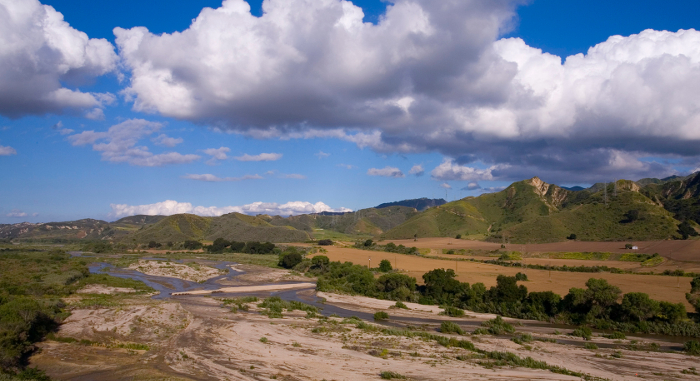
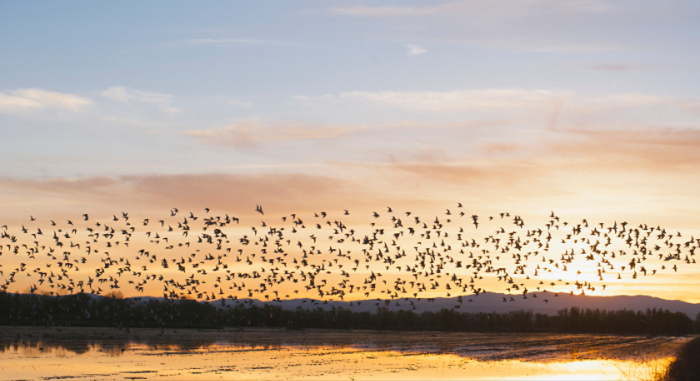

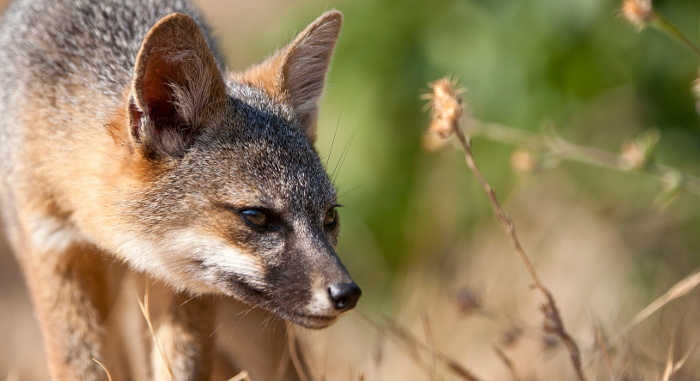
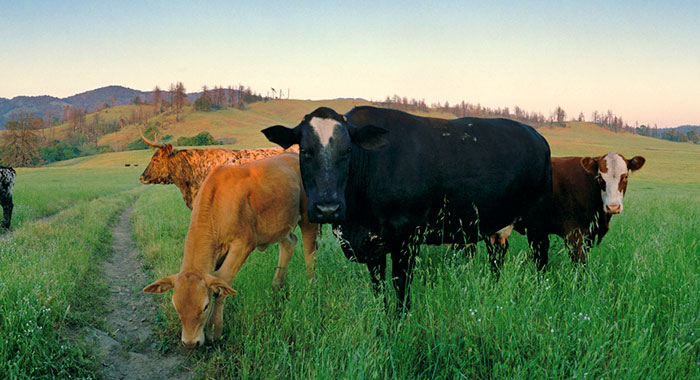
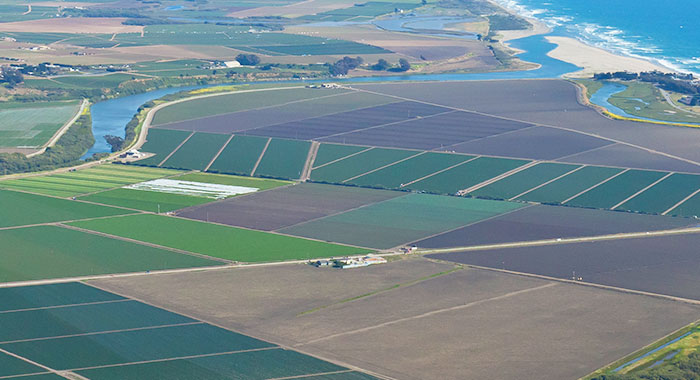

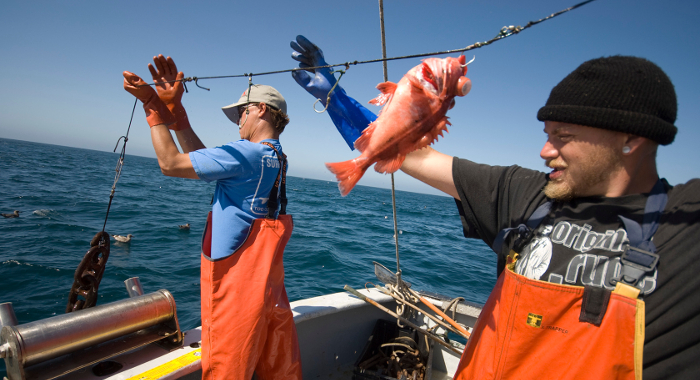
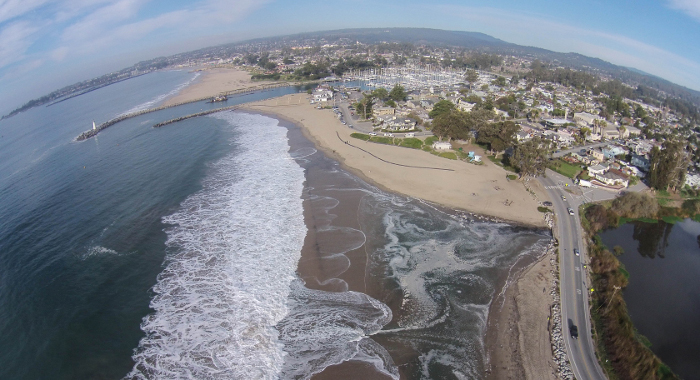

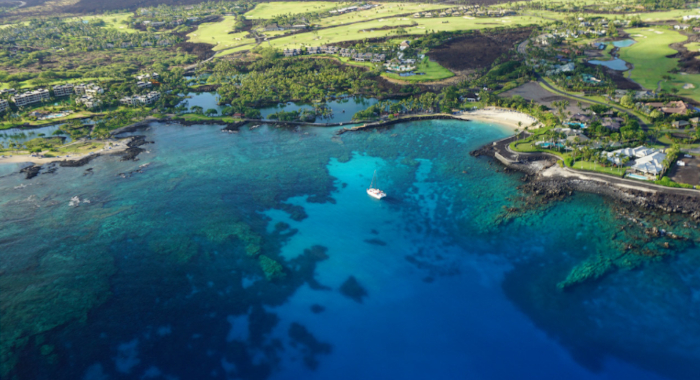
Hofman, C.A., T. C. Rick, M. T. R. Hawkins, W. C. Funk, K. Ralls, C. L. Boser, P. W. Collins, T. J. Coonan, J. L. King, S.A. Morrison, S. D. Newsome, T. S. Sillett, R. C. Fleischer, J. E. Maldonado
Genomics techniques provide powerful means of understanding evolutionary history. This paper examines the evolution of the island fox, which occurs on six of the California Channel Islands. Insights…Doak, D.F., G.K. Himes Boor, V.J. Bakker, W.F. Morris, A. Louthan, S.A. Morrison, A. Stanley, L. Crowder
One of the key components of a recovery plan for a threatened or endangered species in the United States is the set of recovery criteria that will be used to evaluate progress in abating the threats…Katie Andrews, Megan Webb, Robin Cox
This interactive webmap takes a multimedia approach to showcase the Conservancy’s conservation legacy in Marin County, California. Eleven achievements are profiled with photographs and…Cause Hanna, Ida Naughton, Christina Boser, Ruben Alarcón, Keng-Lou, James Hung, David Holway
Floral visitation by ants can compromise plant reproduction in situations where ants interfere with more effective pollinators. This paper documents how Argentine ants on Santa Cruz Island in…Daniel Karp, Sasha Gennet, Rodd Kelsey
M.L. Mann, P. Berck, M.A. Moritz, E. Batllori, J.G. Baldwin, C.K. Gately, D.R. Cameron
Between 1940 and 2000, nearly 10 million housing units were constructed in California. This new development led to increased interaction between human and natural communities. Tha authors of this…Walter N. Heady, Kevin O'Connor, Jennifer Kassakian , Kate Doiron, Charles Endris, Daniel Hudgens, Ross P. Clark , Jena Carter , Mary G. Gleason
Estuaries are some of the most productive ecosystems on the planet. This inventory classifies more than 600 coastal confluences on the West Coast of the United States. Each estuary was classified…Brent B. Hughes, Matthew D. Levey, Jennifer A. Brown, Monique C. Fountain, Aaron B. Carlisle, Steven Y. Litvin, Correigh M. Greene, Walter N. Heady, Mary G. Gleason
Estuaries support significant biodiversity and important ecosystem functions such as providing rearing habitat for juvenile fish and invertebrates. This report synthesizes the scientific…Matt Miller, Dick Cameron
H.B. Ernest, T.W. Vickers, S.A. Morrison, M.R. Buchalski, W.M. Boyce
Highly fragmented landscapes can pose myriad threats to wide-ranging species like mountain lions. Coastal southern California has long been the focus of research into demographics, genetics, and…Tim Bean, Bob Stafford, Scott Butterfield, Justin Brashares
This paper presents a multi-step approach to estimate the realized and potential distribution of the endangered giant kangaroo rat. The authors estimate the potential distribution by modeling…Jennifer K. Carah, Christopher C. Blencowe, David W. Wright
Coho salmon in California are critically imperiled so there is strong impetus to achieve as much habitat restoration as possible in priority watersheds quickly and with limited resources. This paper…Beltran, R.S., N. Kreidler, D.H. Van Vuren, S.A. Morrison, E.S. Zavaleta, K. Newton, B.R. Tershy, D.A. Croll
Introduced predators and herbivores can have dramatic ecological effects on island ecosystems; their eradication can produce similarly profound ecological responses. This paper analyzes data from…Eric Hallstein, Matt Miller
Cameron DR, Marty J, Holland RF
This study assesses the amount of rangeland conversion between 1984 and 2008 in California. The researchers analyzed data from the California Farmland Mapping and Monitoring Program to see where…Rick, T.C, T.S. Sillett, C.K. Ghalambor, C.A. Hofman, K. Ralls, R.S. Anderson, C.L. Boser, T.J. Braje, D.R. Cayan, R.T. Chesser, P.W. Collins, J.M. Erlandson, K.R. Faulkner, R. Fleischer, W.C. Funk, R. Galipeau, A. Huston, J. King, L. Laughrin, J. Maldonado, K. McEachern, D.R. Muhs, S.D. Newsome, L. Reeder-Myers, C. Still, S.A. Morrison
Understanding the deep history of places and resources, and the interplay between natural and cultural histories, can be critical to science-based conservation management. This paper explores the case…